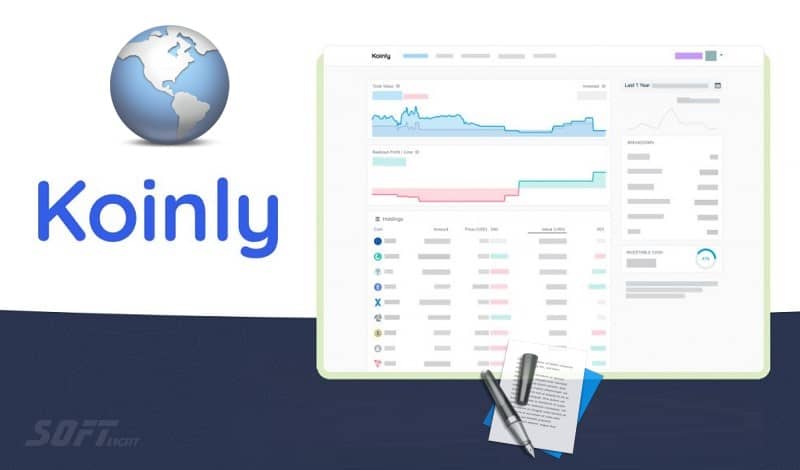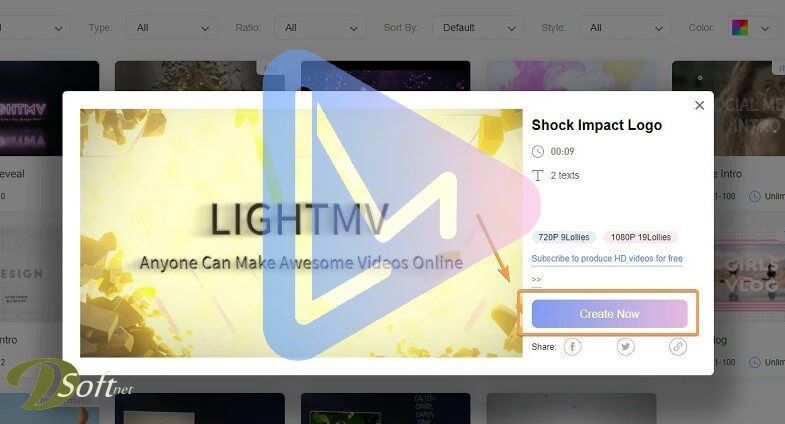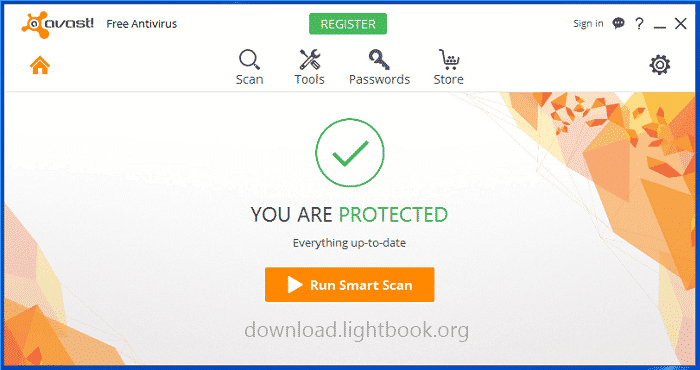Understanding GPT-4: The Power of Language Generation Free
Understanding GPT-4: The Power of Language Generation Free
The Next Generation of AI Language Models
In recent years, the field of artificial intelligence has witnessed remarkable advancements, particularly in natural language processing (NLP). Among the most significant breakthroughs is GPT-4, the fourth iteration of the Generative Pre-trained Transformer model developed by OpenAI. This cutting-edge language model has set new standards in text generation, understanding, and interaction. In this article, we will delve into the architecture, features, applications, and broader implications, providing an in-depth understanding of its capabilities and potential impact on various sectors.

What is GPT-4?
Overview of the Technology
It is an advanced language model that leverages deep learning techniques to produce human-like text based on the input it receives. Building on the foundation laid by its predecessors, this model incorporates substantial improvements in both its architecture and training methodologies. The enhancements allow for a better understanding of context, generating coherent and relevant responses, and performing a wide array of language tasks with remarkable accuracy. This model represents a significant leap in AI capabilities, making it a valuable tool for various applications.
Key Features
Several key features distinguish them from earlier models. First and foremost is its increase in parameters, which allows it to capture more intricate patterns in the data it processes. This increase enhances the model’s performance across various tasks, enabling it to generate text that is not only grammatically correct but also contextually appropriate. Additionally, it boasts improved understanding of nuanced language, making it capable of handling complex queries and generating sophisticated responses.
Another noteworthy advancement is its multimodal capabilities, which enable it to process both text and images. This feature expands the model’s applicability, allowing it to engage in tasks that require visual context. Furthermore, the improved fine-tuning process means that it can be tailored for specific applications more effectively, enhancing its performance in specialized tasks such as customer support and content creation.
Architecture of GPT-4
Transformer Architecture
At the heart lies the transformer architecture, which revolutionized the field of NLP when it was introduced in the landmark paper “Attention is All You Need.” This architecture employs self-attention mechanisms that enable the model to weigh the significance of different words about one another. By focusing on relevant parts of the input data, it can generate coherent and contextually appropriate responses. This foundational structure is pivotal to the model’s ability to produce high-quality text and understand complex language patterns.
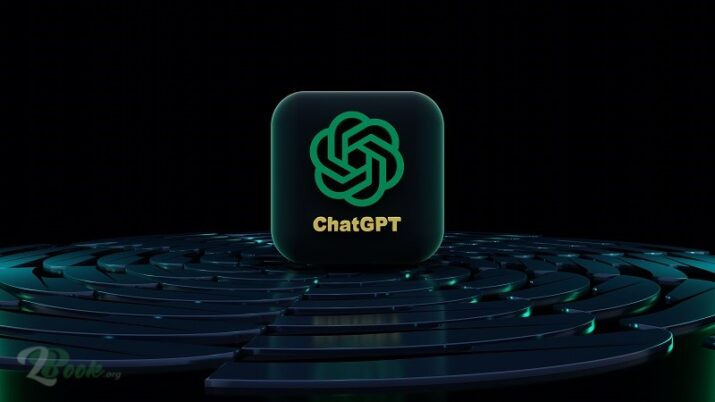
Training Methodology
The training process consists of two primary phases: pre-training and fine-tuning. During the pre-training phase, the model is exposed to a vast corpus of text data sourced from diverse materials, including books, articles, and websites. This extensive exposure allows it to learn language patterns, grammar, and contextual relationships between words. The pre-training phase is crucial for establishing a broad understanding of language.
Following pre-training, undergoes fine-tuning, where it is trained on specific datasets tailored for particular tasks. This phase enhances its capability to perform specialized applications, such as generating code, summarizing documents, or engaging in detailed conversations. The fine-tuning process ensures that the model is optimized for its intended use cases, improving its effectiveness and relevance.
Applications of GPT-4
Content Creation
One of the most prominent applications is in content creation. Businesses and individuals can leverage this technology to generate high-quality articles, blog posts, and marketing materials with minimal human intervention. The model’s ability to produce coherent, engaging, and contextually relevant text makes it an invaluable resource for streamlining content production processes. For organizations seeking to maintain a consistent tone and style, it can significantly enhance efficiency and creativity.
Conversational Agents
GPT-4 is also well-suited for powering sophisticated conversational agents, including chatbots and virtual assistants. Its advanced understanding of context allows it to provide users with interactive and engaging experiences. These systems can be utilized in customer support, personal assistance, and even entertainment applications, enhancing user satisfaction and engagement. The model’s ability to generate human-like responses in real time makes it particularly effective in these scenarios, leading to more natural interactions.
Educational Tools
In the education sector, GPT-4 can significantly enhance learning experiences by assisting with tutoring and providing explanations on a wide array of subjects. Its capacity to generate personalized content allows educators to tailor resources to meet the specific needs of individual students. This adaptability can help improve comprehension and retention, making learning more effective and engaging for students of all ages. Additionally, they can assist in developing educational materials, quizzes, and interactive learning modules.
Research and Analysis
Researchers can leverage GPT-4 to analyze large volumes of textual data efficiently. Its ability to summarize findings, extract key insights, and generate reports can save time and enhance productivity in research environments. Automating routine data analysis tasks enables researchers to focus on higher-level analysis and creative problem-solving, accelerating the pace of discovery and innovation. This capability is particularly valuable in fields such as social sciences, humanities, and data-driven research.

Creative Industries
In creative industries, it opens new avenues for innovation. Writers, artists, and musicians can use the model to brainstorm ideas, generate plotlines, or even compose lyrics. By providing inspiration and creative prompts, they can serve as a collaborative partner in the creative process. This partnership can enhance creativity and lead to the development of unique and engaging content across various media.
Ethical Considerations
Responsible Use of AI
As with any powerful technology, the responsible use of GPT-4 raises important ethical considerations. Issues such as bias in AI-generated content, misinformation, and the potential for misuse must be carefully addressed. Developers and organizations utilizing this technology should implement guidelines and best practices to ensure that it is used ethically and responsibly. This includes transparency in how the model is trained, the data it is exposed to, and the potential limitations of its outputs.
Impact on Employment
Another ethical concern involves the potential impact on employment. As automation and AI technologies become more capable, there is an ongoing debate about their effects on job markets. While these advancements can enhance productivity and efficiency, they may also displace certain job roles, particularly in areas like content creation, customer service, and data analysis. Society must consider how to adapt to these changes and ensure that workers are equipped with the skills needed for future opportunities.
Privacy and Data Security
The use also raises questions about privacy and data security. As the model processes vast amounts of data, concerns about user privacy and the confidentiality of sensitive information become paramount. Organizations must implement robust security measures to protect user data and ensure compliance with data protection regulations. Responsible AI deployment includes safeguarding user information and maintaining trust with users.
Future of GPT-4 and AI Language Models
Advancements in AI Technology
Looking ahead, the future and similar AI language models are promising. As research in deep learning and NLP continues to advance, we can expect even more sophisticated models that can understand and generate language with greater nuance and accuracy. These advancements may lead to new applications and innovations across various industries, further integrating AI into everyday life. Continuous research will likely unlock new capabilities, enhancing the versatility of language models.
Integration with Other Technologies
The integration with other emerging technologies, such as augmented reality (AR) and virtual reality (VR), could open new avenues for user interaction. Imagine immersive experiences where users engage with AI-driven characters that respond intelligently to their actions and queries. This potential for integration could revolutionize how we interact with digital content and each other, creating more engaging and interactive environments.
Ethical Frameworks and Guidelines
As AI technology evolves, establishing ethical frameworks and guidelines will become increasingly important. Policymakers, researchers, and industry leaders must collaborate to create standards for the responsible use of AI. This includes addressing issues of accountability, transparency, and fairness in AI systems. By fostering a collaborative approach, society can harness the benefits of GPT-4 while mitigating potential risks and challenges.
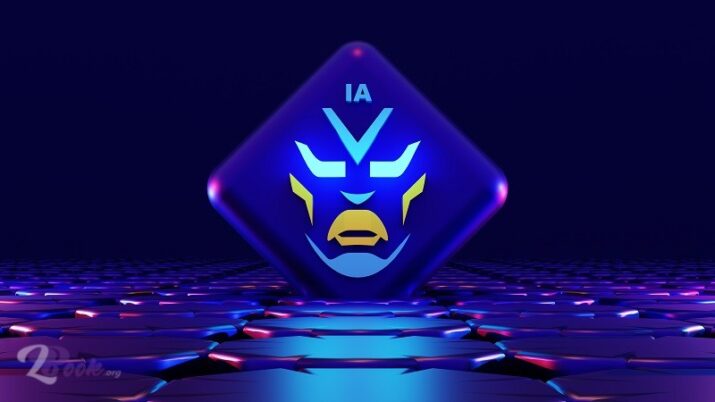
Conclusion
In conclusion, GPT-4 represents a significant milestone in the evolution of AI language models. Its advanced architecture, impressive features, and diverse applications position it as a powerful tool for content creation, conversational agents, education, research, and creative industries. However, the ethical implications of its use must be carefully considered to ensure responsible deployment.
As we continue to explore the capabilities of this technology, it is essential to harness its potential for positive impact while addressing the challenges it presents. The future of AI language models is bright, promising a new era of innovation and creativity in human-computer interaction. Through responsible use and continuous research, we can unlock the full potential of this transformative technology, shaping a future where AI enhances our lives in meaningful ways.
